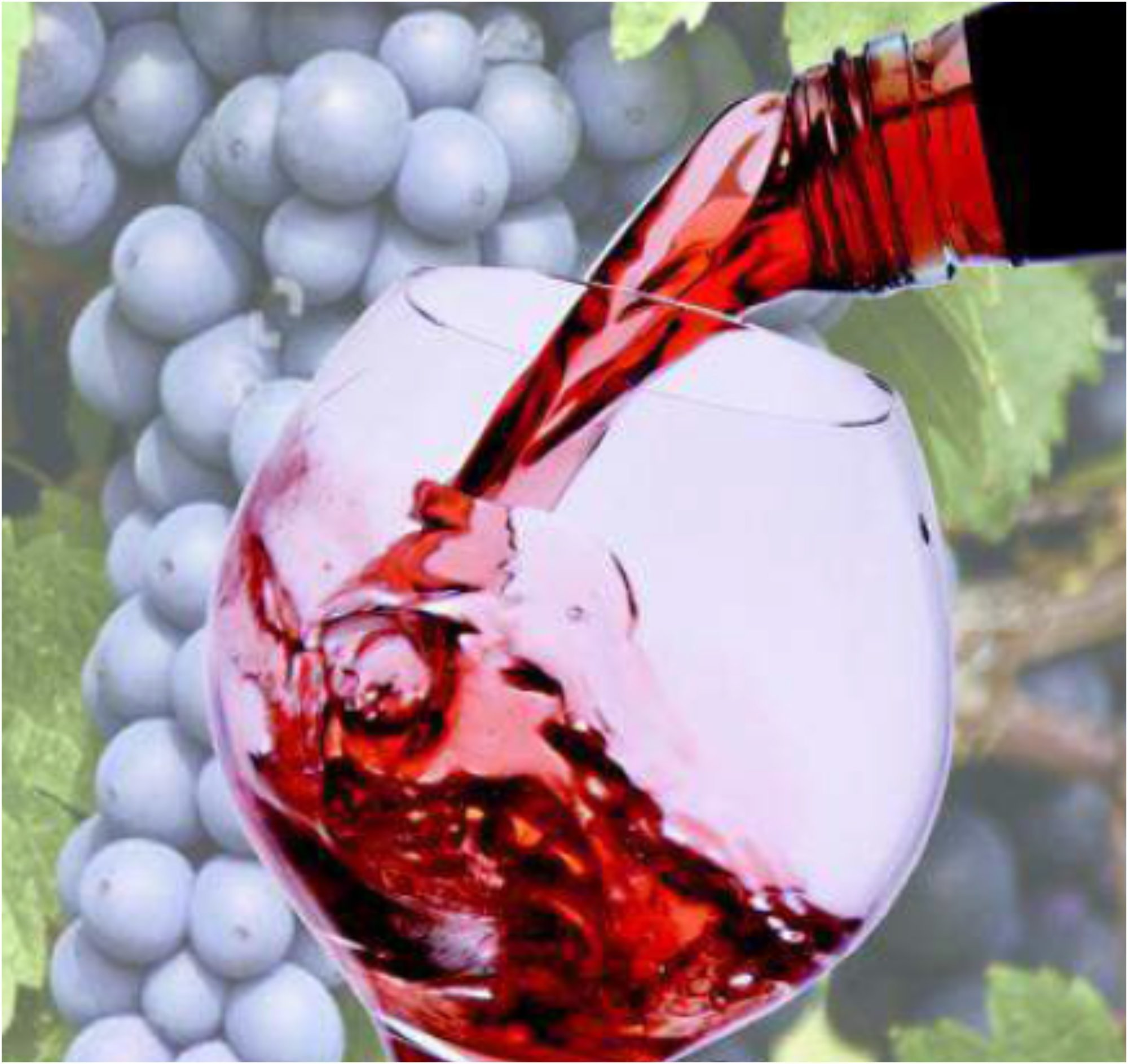Chapter 19: Winemaking: Control, Bioreactor and Modelling of Process (2021)

Agribusiness is embedded in production systems; hence the many current procedures subject to in depth studies on methods to develop better systems for safety and quality. It is the way to ensure the quality and respect for the requirements of security, the system costs and natural effect. Among the classification (specifically structuring, preservation, separation and bioconversion) of nourishment forms, bioconversion incorporates most likely the biggest class of procedures. It is focal in the generation of maturing foods with some outstanding cases from the winemaking factory. Winemaking is customarily considered to be beginning with the blending of the berries and the introduction of yeast to realise fermentation. Innovation, smashing and regular squeezing could be viewed as the final stages of the vineyard operation. The control of quality of wine is basically essential. Institution study has accentuated the necessity to examine vulnerability to oxygen, extraction management of the substances from the skin, temperature monitoring amid fermentation, observing of sugar depletion and monitoring of microbes and malolactic fermentation. At present, the search is on for better quality items, keeping in mind that the general utilisation of wine is reducing, interest in astounding wines is expanding. Buyers are drinking less though ‘better’. Wine producers throughout the world are consolidating winemaking techniques of centuries with new methodologies and thoughts, to satisfy purchaser’s interest for better item quality and a maintainable and healthy lifestyle. This chapter presents an overview of winemaking, monitoring, safety and quality control, which display the activities concerning each unit operation, the bioreactor characteristics and uses and finally, innovative approaches aimed at optimising the process efficiency.
Chapter 19 Winemaking Control Bioreactor and Modelling of Process .pdf


